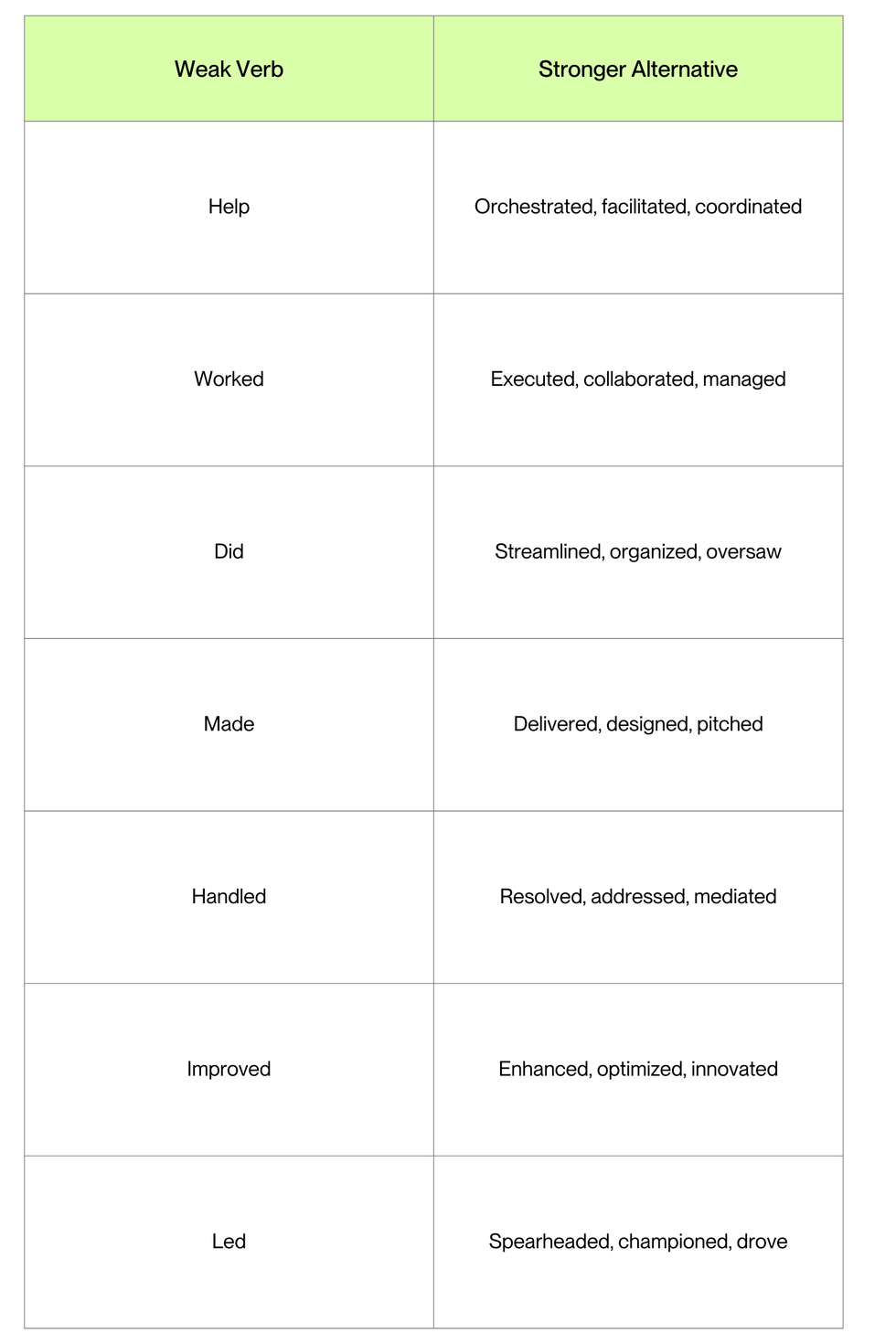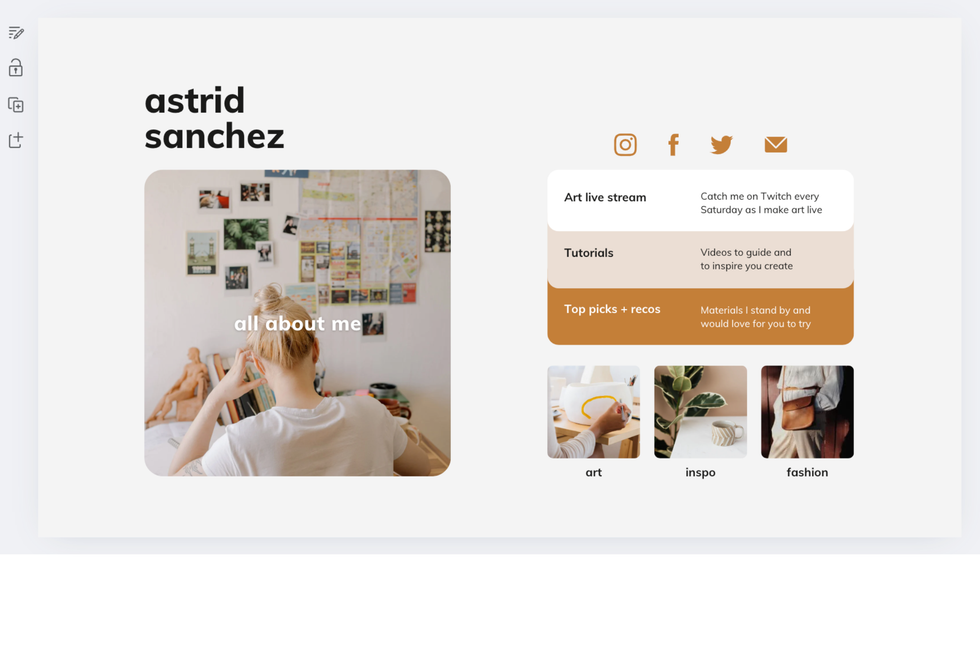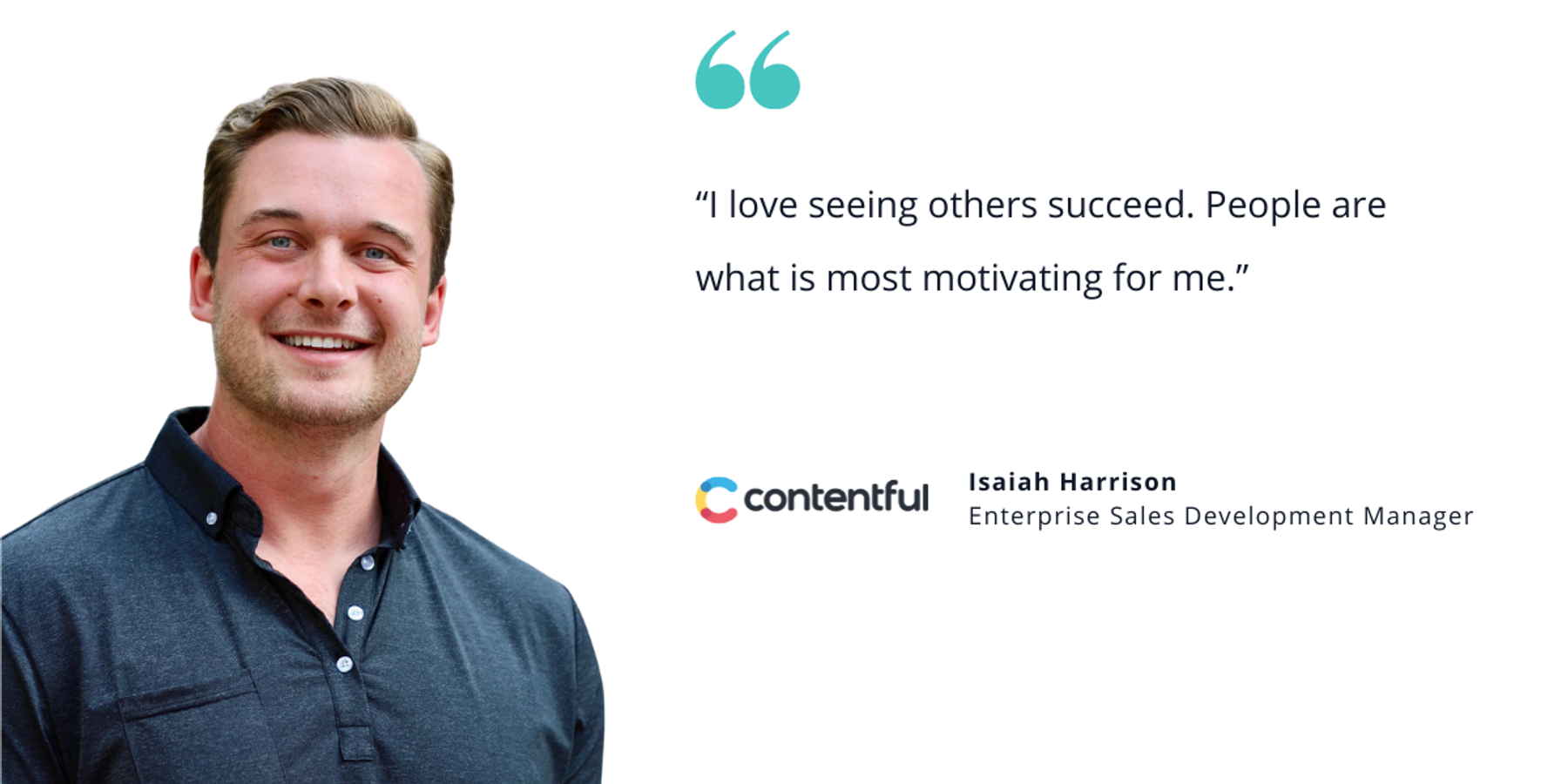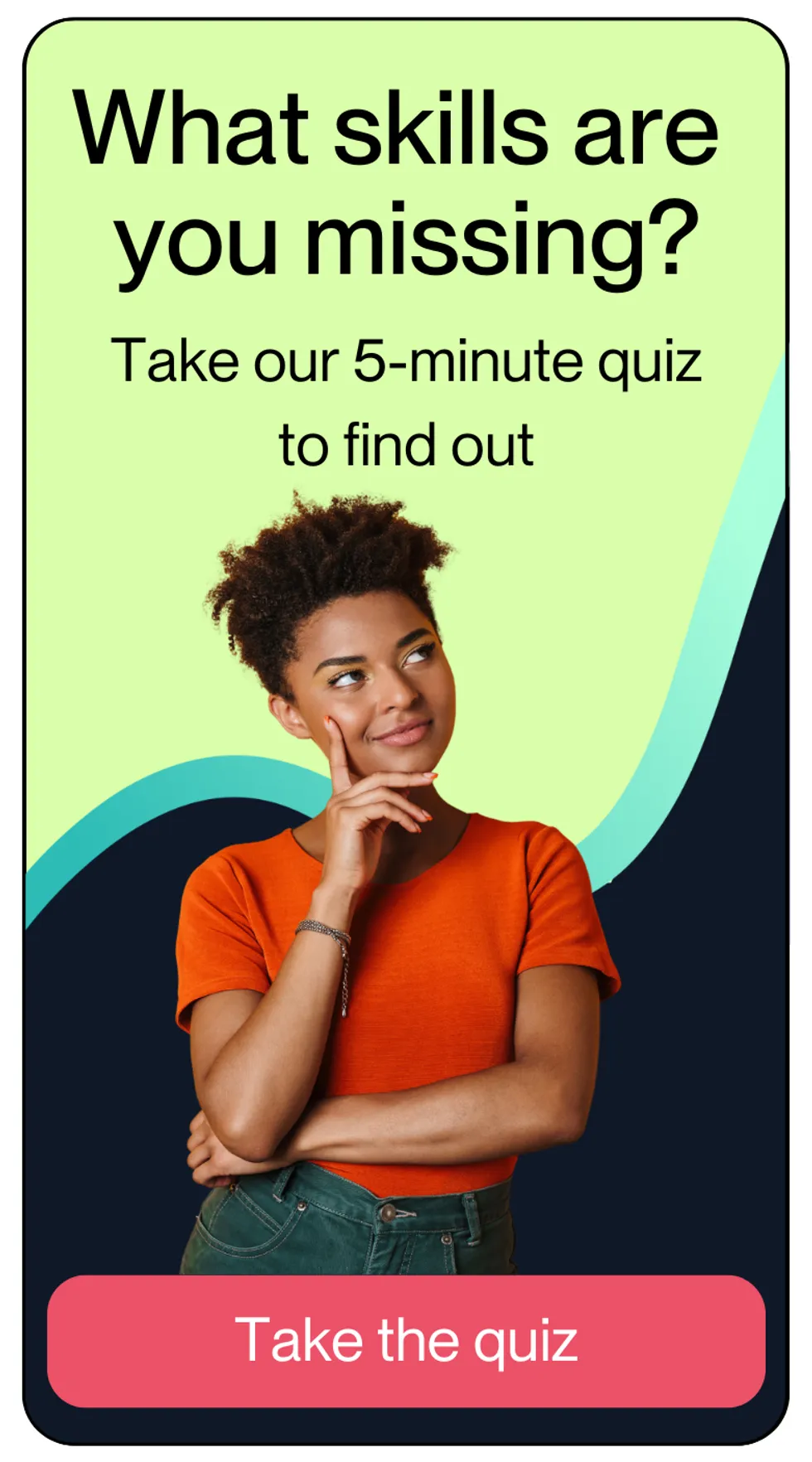Studies show that most recruiters spend less than nine seconds scanning through a resume in the initial filtering stages. That’s right, not even a full 10 seconds!
In this limited time frame, if your resume doesn’t stand out, you probably won’t make it to the next round. So, among the many things that can get you your dream job, a top-notch resume is probably one of the most important ones! And trust us, we also know that there’s plenty of run-of-the-mill advice and ‘hacks’ on the internet on how to create a compelling resume, but you need the very best resume tips so you can cut through all of the clutter.
Resume tips for great job applications
Applying for jobs doesn’t have to be exhausting or boring—at least not all of the time. PowerToFly wants to make your professional journey exciting and easy. We do our best to make sure it isn’t too annoying, and hopefully can help speed up the process to your next dream gig.
(Psst—If you’re looking for another handy tool to aid your journey, our Career Action Plan template helps you apply and analyze the efficacy of your application pitch. It has all the data fields you need, broken down into all the job stages, from pre-interview, to various interview rounds, to negotiation, and finally to a successful career transition!)
Download our free Career Action Plan Template
It’s for this same vision that we compiled the best resume tips to make the whole process easier and clearer for you, so let’s begin!
Tip #1: Make it pretty
Looks matter! …at least when it comes to resumes. A best-in-class resume is first and foremost also a neat, clean, and captivating resume. The recruiter is likely going through a hundred resumes (or more!) a day, each with the same Arial font size 12, chronological template with no color, no visual difference.
So how does a resume stand out? By breaking free from the mold! You can use a variety of free design tools to do that, including Canva, Google Suite, and Microsoft Create, all of which have easily customizable, ready-made resume templates to pick from and customize to make your own. Naturally, you’ll want to gauge the level of customization to your industry, but try experimenting with a resume a little bolder and see what results it yields.
Watch this next: Make your resume stand out!
Tip #2: Use a professional email address
Right at the top of your resume, you put your contact details. Are you still putting that first Hotmail email you created? You know the one I’m talking about; we have all had those “cool” and qUiRky email addresses. Think “blueyedLola@hotmail” or "iloveledzepplin@yahoo". And hey, that’s no judgment from us! But when recruiters are scanning through your resume to assess you in detail...probably not the right time for the personalized address.
You probably don’t want a non-professional email throwing them off right at the start, so you’ll need a professional email address. You don’t have to go all out and buy your own email domain to create a unique personalized account, either. You could simply opt for a Gmail account with your full name, and in the case that username is already taken, try combining your name, shortening it to your initials, add your birth year or even your professional qualifications, and try out multiple combinations to finalize on one. (Note: Be cautious using a ton of personal information in your email address!)
firstname.lastname@gmail.com is a standard professional email address format.Tip #3: Start with a strong summary statement
You probably have a summary statement right at the top of your resume, right? A quick overview of everything you’ve done so far, your skillset, and your achievements? However, what separates a top resume from just another resume is when that summary is strong and focused.
There are a couple of options for making that statement stronger. You could use the summary statement to direct the path of your career ahead, for example. In addition to your past work experience and talents, the summary statement can also establish where you want to go, what you expect from your next role, and also why you’re the right fit for the job.
So, in a way, you’re merging resume objectives within your summary. The trick here is to keep it concise. A summary statement should never be more than 25 words. Here’s an example of a good summary statement:
Results-driven marketing manager with 5+ years of experience handling 10+ MNCs, looking for a mid-senior level leadership role to spearhead omnichannel marketing campaigns across multiple niches.
Tip #4: Replace responsibilities with achievements
When you’re talking about your work experience, don’t just list out the key responsibilities you had at your last job. At the risk of being mean…that’s kinda the obvious move. The recruiter knows (or should know!) what a job requires. What they want to know is whether or not you were able to provide what the job requires and if you had good results.
So, instead of writing “responsible for sales”, you could make a strong case for how well you fulfilled that responsibility by leading with tangible and action-oriented descriptions like “increased online conversions by 20%” or “generated 50% more leads” or “maximized ROI...” Concrete metrics bring your achievements to focus and have real, demonstrable results.
Watch this next: Top tips for job seekers today — how to stand out with a stronger resume
Tip #5: Add a skills section that stands out
The reality is that we’re rapidly entering a skill-based economy, and skills are what will get you hired these days. Notice how we have prioritized it over work experience in this list, for example! You want to make sure that the skills the company wants in their next hire are highlighted prominently in your resume. Fortunately, it’s not hard to figure out what they’re looking for—one look at the job posting should help you identify those skills.
For example, a copywriter might be required to have three key skills: creative thinking, writing, and content strategy. Or, if the company is hiring for a UI/UX copywriter, showcasing “UI/UX design” skills like wireframing or user data analytics can help you stand out.
A great resume might also have those skills pre-compartmentalized into different categories, such as technical skills, soft skills, and hard skills.
Tip #6: Use action verbs to make an impact

So, you’ve gone ahead and mentioned that you absolutely have the skills required to absolutely kill it at this job. Now, it’s time to solidify it with results and a tangible, proven track record from your last jobs.
No bones about it, you’ll need stats and numbers to make your point (like we mentioned in Tip #5). But, it also comes down to how you present that data. Pay extra attention to the action verbs you use. Words such as “helped”, “made”, “watched”, and “worked” rob your resume of the power your accomplishments have. And, recruiters are too used to them and they won’t have as much impact when they see the same words on your resume.
You’ll want to inspire conviction and confidence in your recruiters. For that, we need to use stronger and more impactful words such as “spearheaded”, “campaigned”, “converted”, “supervised”, and “acquired”.
Tip #7: Incorporate a portfolio link

Wait a minute! This is a list of resume tips; what’s a portfolio doing here?
Well, a resume is incomplete without a strong pitch, and nothing pitches your talents and services like a portfolio. Sure, not every industry needs one, but some definitely do. Marketing, any kind of design gig (of course!), content or writing jobs, and even most programming gigs will ask for your GitHub. It doesn’t need to be overly complex, either. A simple link to your previous work will do just fine, although it’s even better if you can bring all your work to a clickable URL or even via your LinkedIn profile.
It is also a good idea to get a free personal website made that showcases all your projects, and tools like Canva’s Website Builder can help build one. Note: Be careful about what you can and can’t share from past jobs and avoid sensitive information or anything covered by an NDA!
Tip #8: Include relevant certifications and training
Recruiters are looking for learners who are self-motivated and willing to improve at the job. One easy way to highlight your knack for learning is to dedicate a whole section to the additional training and certifications you’ve done in the past. This will also point to complementary skills that may be helpful at the job or for career progression. You could also separate a sub-section for “learning in progress” courses and workshops that you are currently enrolled in if you’d like.
Watch this next: Updating your professional resume
Tip #9: Keep it to the right length
Is there a right length for your resume? The short answer is ‘no’, but the long answer: there’s no one-size-fits-all for resume length but there are certain standards that can help you decide what to do with your resume.
In general, a one-page resume is ideal for professionals with less than 10 years of work experience. For mid-level professionals, career transitioners, and freelancers with a wide range of experience and projects, two pages can help encapsulate your journey and all your significant career points. More than two pages only makes sense for senior executives, academics, or technical professionals with extensive publications, patents, or certifications.
Bottom line? Resumes need to be crisp with zero-fluff. Straight to the point. Group similar experiences and accomplishments. Cut out any irrelevant experience that may not help you with the application you’re making. Remember, wherever there is a possibility to trim things down or combine them into one header, take it!
Tip #10: Top resumes are ATS-friendly
99% of Fortune 500 companies use an Applicant Tracking System (ATS) today. So, it’s highly likely that your resume will be first filtered by an ATS tool. This list of resume tips wouldn’t be complete if we didn’t tell you how to optimize your resume for an ATS clearance. So, here’s how to crack that code:
- Use simple formatting; no fancy typefaces or elaborate graphics that confuse the ATS (you can still have a creative resume but focus on making it ‘readable’ as well, or have two versions you can use).
- Use standard section headings, such as “educational qualifications”, “work experience” and “skills”.
- Use bullet points and short sentences <10 words. The shorter, the better.
- Add keywords mentioned in the job description, but don’t go overboard, because eventually a human will be going through your resume, and over-stuffing isn’t appealing.
- Some ATS tools do not do well with PDF files. It’s best to keep your resume in a .doc or .docx format.
Watch this next: Curating the best resume for tech jobs
Tip #11: Tailor your resume to each job
So, now you’ve made your resume. Job done, right?
Sorry, but nope! This is a task that needs redoing just about every time you apply to a new job. For every employer and vacancy, you should consider editing your resume to highlight the skills and competencies mentioned in their job requirements section.
Not only does this help with any ATS in the process, this helps the recruiter quickly find what they are looking for, and in a pile of generic applications, yours stands out as a top resume made with attention to detail and conciseness.
Watch this next: Building your resume to launch your career
Tip #12: Always proofread your resume
Last but not least, before you press send on that file, make sure to proofread it once. Or twice. Or more. Extra caution doesn’t hurt. It avoids embarrassing mistakes and rejections. You could get friends to take a look or use tools like Grammarly and Hemingway Editor to further correct any silly mistakes.
And that’s it! These are all the resume tips you need to create a top resume that will get you closer to your dream job. But…after the resume comes the interview. Ready for it?
Read more: Master how to sell yourself in an interview
- Tip #1: Make it pretty
- Tip #2: Use a professional email address
- Tip #3: Start with a strong summary statement
- Tip #4: Replace responsibilities with achievements
- Tip #5: Add a skills section that stands out
- Tip #6: Use action verbs to make an impact
- Tip #7: Incorporate a portfolio link
- Tip #8: Include relevant certifications and training
- Tip #9: Keep it to the right length
- Tip #10: Top resumes are ATS-friendly
- Tip #11: Tailor your resume to each job
- Tip #12: Always proofread your resume







